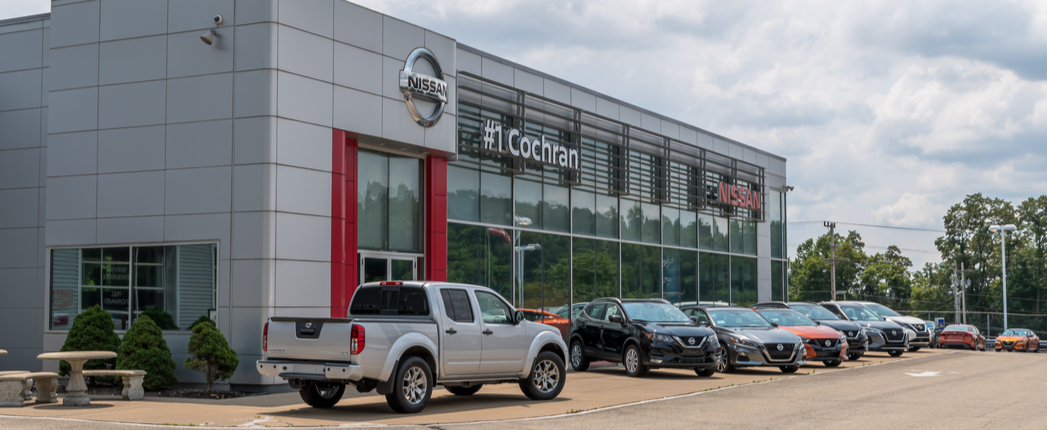
Semiconductor microchip shortages and supply chain disruptions continue to impact light vehicle production, inventory and sales globally and in the United States, according to the National Automotive Dealers Association.
“The biggest story this year in the auto industry has been the semiconductor microchip shortage, which has severely impacted vehicle production throughout the globe,” NADA chief economist Patrick Manzi said in a press release. “Supply chain disruptions have limited new vehicle production, which has translated into less vehicle inventory on dealer lots and restricted new vehicle sales.”
At the end of the third quarter, new vehicle inventory in the U.S. fell to under a million units or about 24 days of supply, which the association said was a 65% decrease from new vehicle inventory at the start of this year. By contrast, at the end of 2020’s third quarter, the country had an inventory of 2.7 million new vehicle units or a 50-day supply. “Suppressed inventory levels are unlikely to change significantly before the end of the year and will continue into 2022,” the association noted.
In recent months reduced inventory – not a limiting factor earlier in the year – slowed new vehicle sales. Given supply limitations in the auto industry, NADA reduced its U.S. new light-vehicle sales forecast from 16.5 million to 15.2 million units for the full year of 2021, which would remain up 1% from the 14.4 million total for 2020.
The September seasonally adjusted annual rate dropped 25% to 12.2 million units, compared with 16.3 million units in the same month last year, when the U.S. auto sales market was experiencing a steady recovery in demand after steep lows due to the initial impacts of the COVID-19 pandemic. The 12.2 million mark last month was only 100,000 units higher than the seasonally adjusted annual rate in May 2020, when the country remained under COVID lockdowns. A seasonally adjusted annual rate is used to remove seasonal variations in data.
In the third quarter, the seasonally adjusted annual rate for sales was 13.3 million units, which was a 22% sequential decline from 17 million units in the second quarter this year.
“After sales peaked in April 2021 at a SAAR of 18.3 million units, one of the highest monthly SAAR rates this century, new vehicle sales declined each month in the third quarter as the microchip shortage continued to impact new vehicle production and inventory levels,” NADA stated.
Although sales of new vehicles in the U.S. as a whole remained down due to inventory issues, battery electric vehicle sales at franchised dealers totaled 300,635, a 91% jump from the same period in 2020. BEVs still represent a small number of vehicles sold at franchised dealers, the association noted, representing 3% of all new vehicles sold year to date in 2021, up from 2% in the same period in 2020. For more coverage of electric vehicles and their impact on lubricants, subscribe to Lubes’n’Greases’ Electric Vehicles InSite.